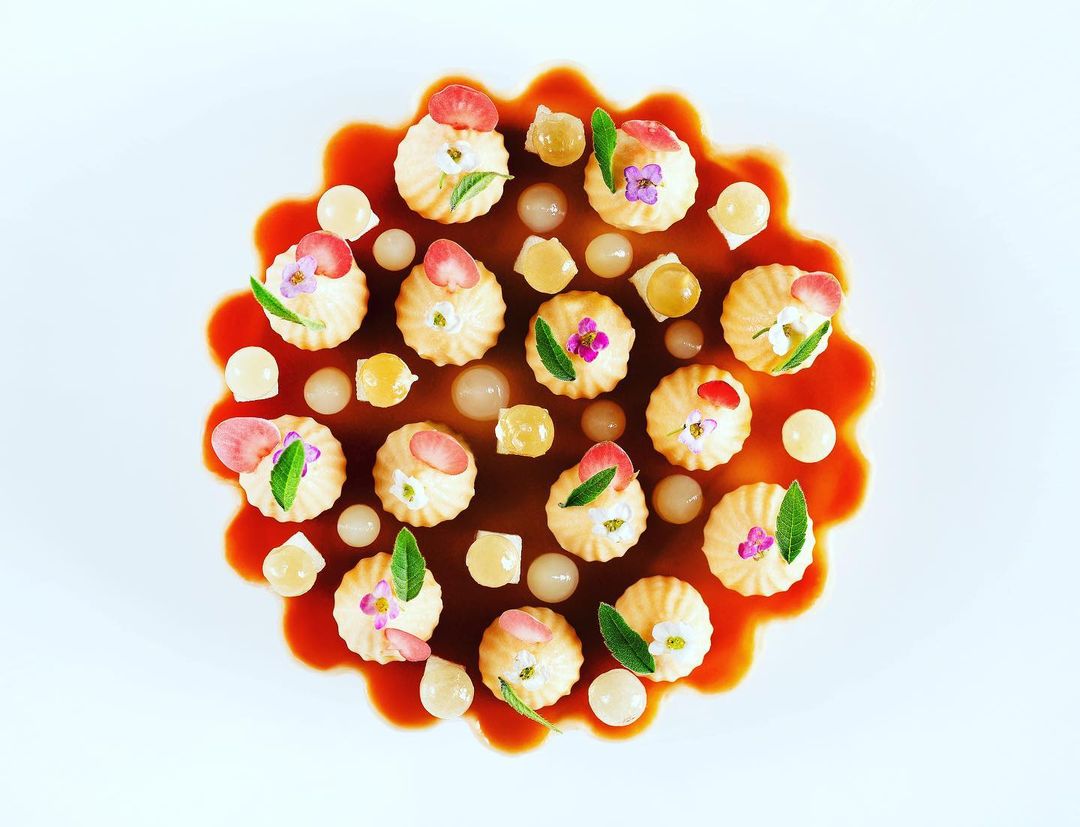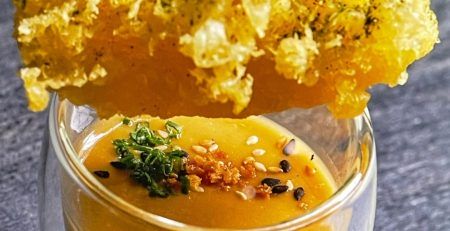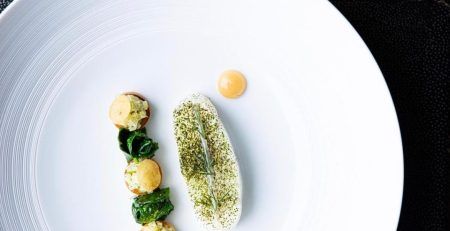Fine dining is an art, a delightful experience filled with emotions, sometimes enigmatic, not always accessible to everyone, but certainly worth experiencing. Crafting a gourmet meal resembles a meticulously choreographed performance, where each dish plays a vital role in the culinary narrative. Let’s transition from the language of poetry to a more grounded exploration of the individual components of a meal.
Let’s start: Amuse-Bouche and Appetizers
Setting the stage for the dining experience and tantalizing the taste buds is typically the task of the Amuse-bouche. This bite-sized delicacy also serves as a testament to the chef’s skill and sets the tone for the menu’s theme. The tradition of the amuse-bouche traces back to France, where chefs would offer guests complimentary tastes of their specialties before the meal, providing a glimpse into the culinary delights to follow.
Following the amuse-bouche, guests are greeted with appetizers to stimulate their appetite, offering a tantalizing preview of the flavors and textures to come.
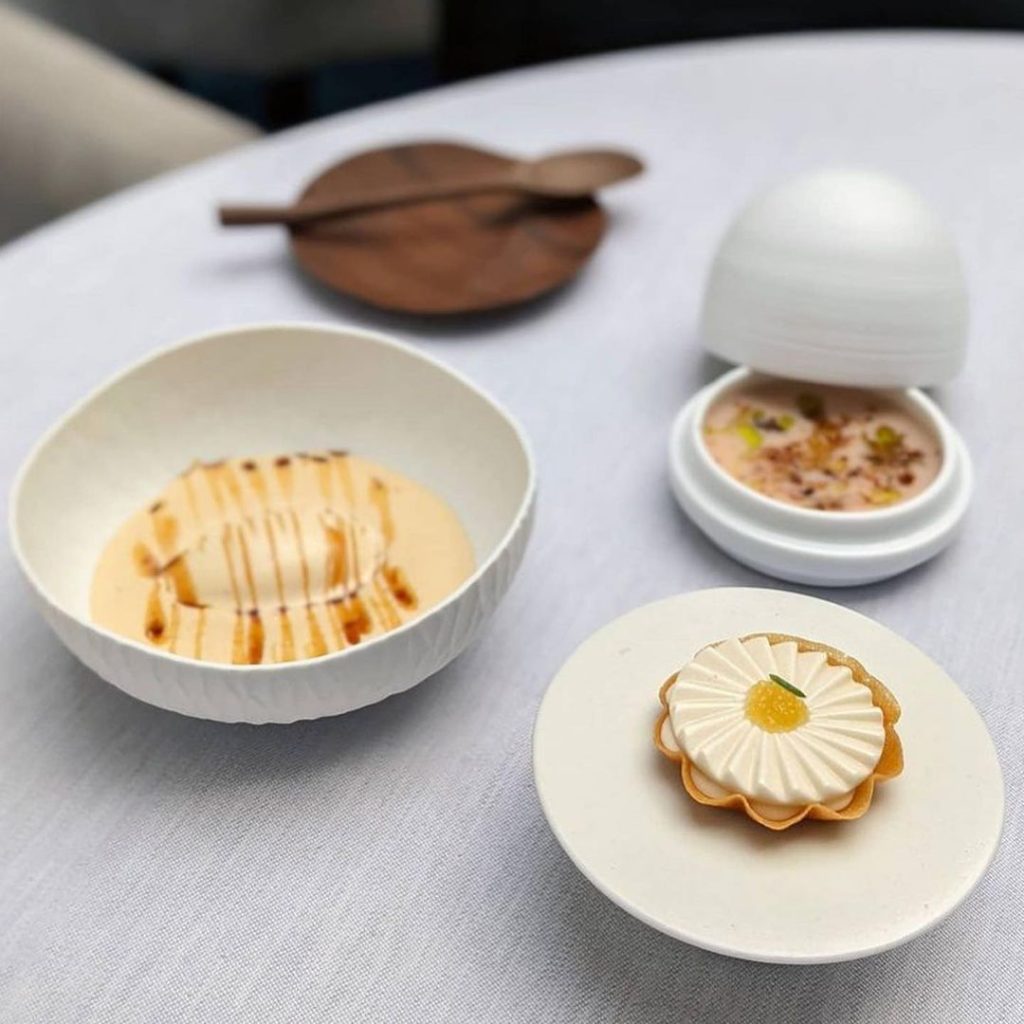
Photo: Instagram @claudebosiatbibendum
Main Act: Starters and Main Courses
As the meal progresses, guests are introduced to the main event: appetizers and main courses that constitute the heart of the dining experience. The term “entrée” originates from France and denotes a small dish served before the main course, symbolizing the beginning of the meal. However, in the United States and other countries, “entrée” typically refers to the main course itself, reflecting the influence of French culinary terminology.
These dishes reflect the chef’s skills and culinary philosophy, showcasing a fusion of flavors, textures, and techniques. By transforming seasonal ingredients, each dish unfolds like a chapter in a culinary saga.
Small break: Intermezzo: Palate Cleansers
Amidst the culinary abundance, palate cleansers offer a moment of respite, refreshing the palate and preparing guests for the next course. Whether sorbets, granitas, or herbal infusions, palate cleansers provide a welcome break, ensuring clarity and precision in the tasting experience. This tradition stems from European haute cuisine customs, where citrus-based sorbets and palate cleansers were popularized at extravagant banquets and feasts.
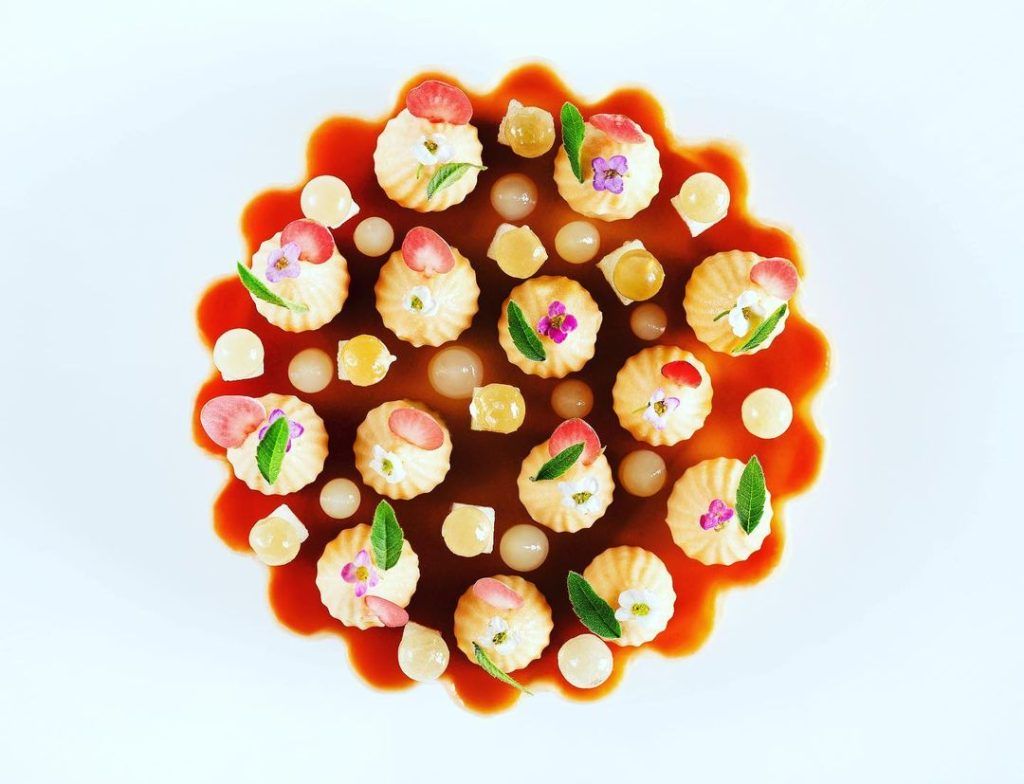
Photo: Instagram @claudebosiatbibendum
Grand Finale: Desserts and Petit Fours
No gourmet dining experience would be complete without the grand finale: desserts and petit fours that provide a sweet conclusion to the culinary journey. From decadent chocolate confections to delicate pastries, desserts are crafted to delight the senses and evoke a sense of culinary bliss.
Petit fours, miniature sweets and treats served alongside coffee or tea, add a final touch, inviting guests to linger and savor the lingering moments of the meal. The term “petit four” in French means “little oven,” reflecting the tradition of baking small cakes in residual oven heat after the main baking was completed.
Digestifs and Farewell
Following the clearing of the last plates, guests can indulge in digestifs, fortified wines, or spirits that provide a soothing conclusion to the meal. This moment is essential, offering closure and camaraderie as guests reflect on their culinary journey and bid farewell to the dining experience with warmth and satisfaction.
The naming of dishes serves to organize the menu, ensuring that the meal flows seamlessly and cohesively. Each dish contributes to a unified story with a central theme. Through refined language, the tradition, craftsmanship, and sensory pleasure inherent in fine dining are honored and celebrated. In the world of fine dining, the naming of dishes transcends snobbery; it is a homage to the legacy of this culinary art.

